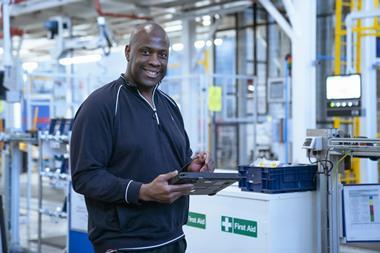
The automotive related headlines are full of forward looking statements; OEMs describing their brand’s vision of future mobility, new concepts of how they envision we will be moved around appearing at motor shows, some of which share little resemblance to what we have come to see as a passenger vehicle.
The powertrains are electric or hydrogen, the vehicles are made of plastic, drive themselves and are connected to the world wide web. All exciting stuff, however, these technologies have been around for some time, in some form or another.
This was brought home to me at a recent visit to the R&D centre for specialist materials supplier Covestro. Whilst informing us of the latest developments in polycarbonate applications for the previously mentioned mobility solutions, they mentioned the K67, a 50-year-old project for a plastic bodied car, developed in conjunction with BMW.
It’s clearly not the technology that has been lacking for all these futuristic ideas (although today this is far more refined and viable); a mixture of growing environmental awareness combined with the political will to legislate and the consumer’s willingness to being driven around by a car that talks makes this mobility future achievable.
Other technologies, that have been around for longer than you might imagine, are now being used to train automotive workers. Sweden-based Tobii Pro provides specialist glasses to gather eye tracking data. I was aware of this type of data being used to monitor driver awareness but not in the context of training assembly workers. Similarly, virtual reality is being used widely as training tool, in this case working very closely with the OEM’s to create a virtual assembly line for actual new models being produced. The results for both these types of training tools appear impressive.
Going back to my initial observations on future mobility solutions (there’s even a new language) it’s possible to view these as reducing the person to simply a passenger, a package to be moved from A to B. Likewise there’s some disquiet about the growing use of smarter automation systems displacing the human element. However, this future is not yet fully formed, and people are still in control, no matter who, or what is driving it.




































